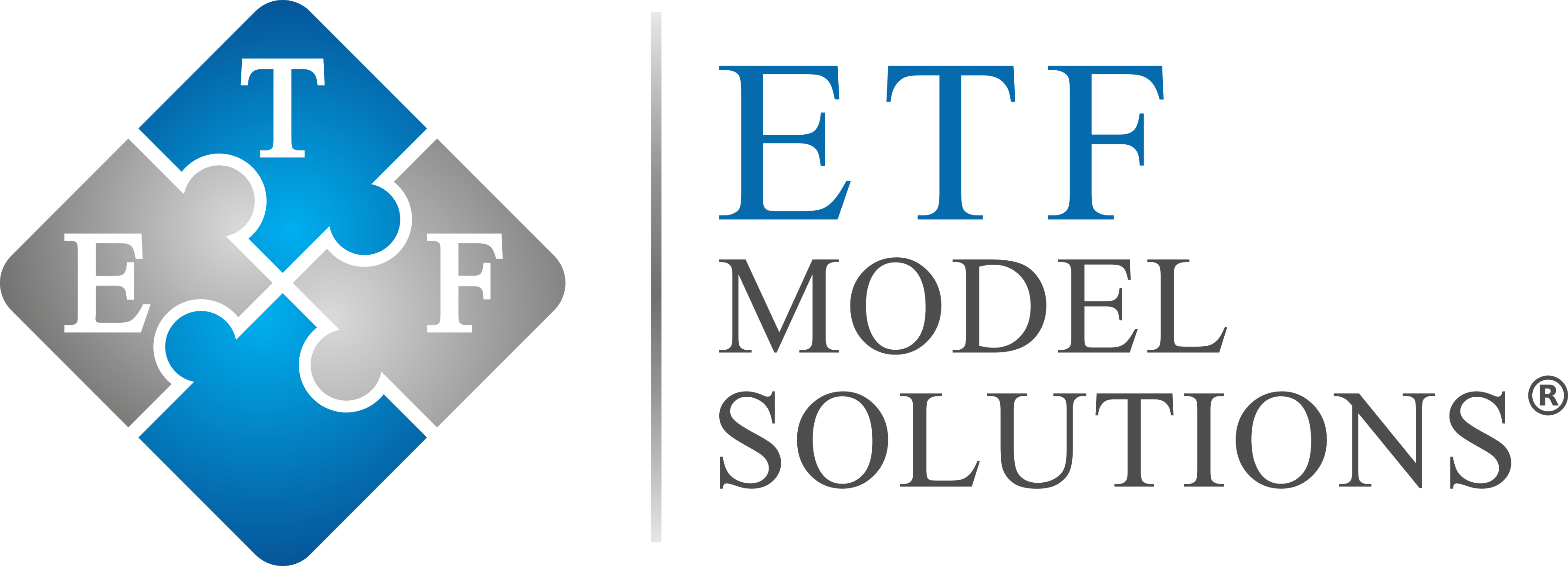Clients should always understand what their adviser has placed into their portfolios, why the investments are being used, and what are the particular risks. A recent Bloomberg report highlighted that Ken Fisher Investments has made a significant bet on Exchange-Traded Notes (ETNs) accounting for approximately $6.2 billion of the $22 billion of issued ETNs, and about 5% of the total assets that he manages for clients.
Its important to note that ETNs are significantly different instruments that Exchange Traded Funds (ETFs), even though ETNs and ETFs are sometimes lumped together and referred to to as “Exchange Traded Products” or (ETPs). With an ETF, holders own shares in a fund which directly hold the underlying securities, like stocks, or bonds. Some ETFs have unique risks related to their underlying securities, but for sake of discussion here we are referring to “plain vanilla” ETFs that hold traditional assets like stocks and bonds.
ETNs, however, have a different structure and operate very differently than an ETF. When an investor buys an ETN, they are purchasing an unsecured debt instrument of the issuer which is a unique risk from ETFs. In addition, there is the market risk of the underlying index, liquidity risks, tracking error risk and others. Some ETNs are leveraged, inverse, and/or inverse leveraged products that contain certain holding period risks as well.
While we do not have an absolute policy that we will not include ETNs in our model strategies, we generally seek to avoid them in favor of other instruments, whenever possible. This is not unusual- as ETNs comprise less than 1% of the ETP industry. ETFs are the predominant vehicle in the majority of our models and most of our model strategies are comprised solely of ETFs. As the ETF market becomes more mature and has a broader offering, its becoming easier to construct our asset allocations only with ETFs. However, for some model strategies, particularly our Hedge Fund of Funds model, we utilized open-end mutual funds. In other instances, we may add a closed-end fund when it fulfills an asset allocation need within a model.
For more on Ken Fisher’s use of ETNs, see Blooomberg.com.

